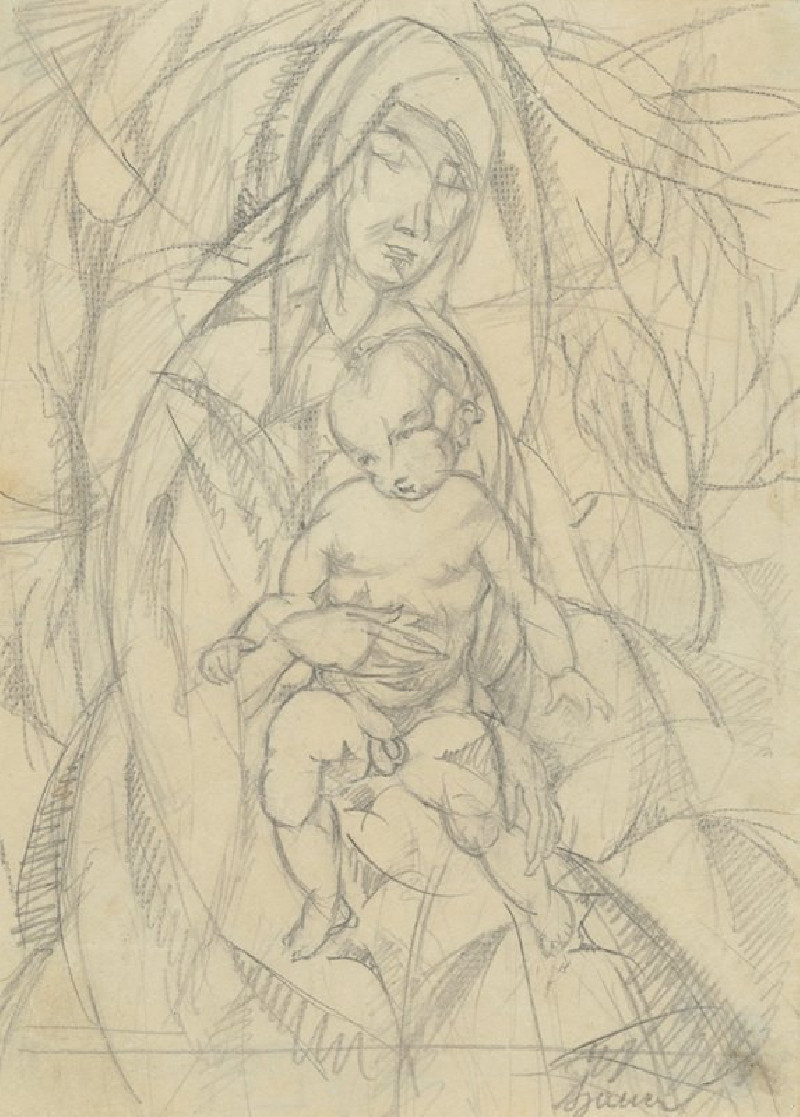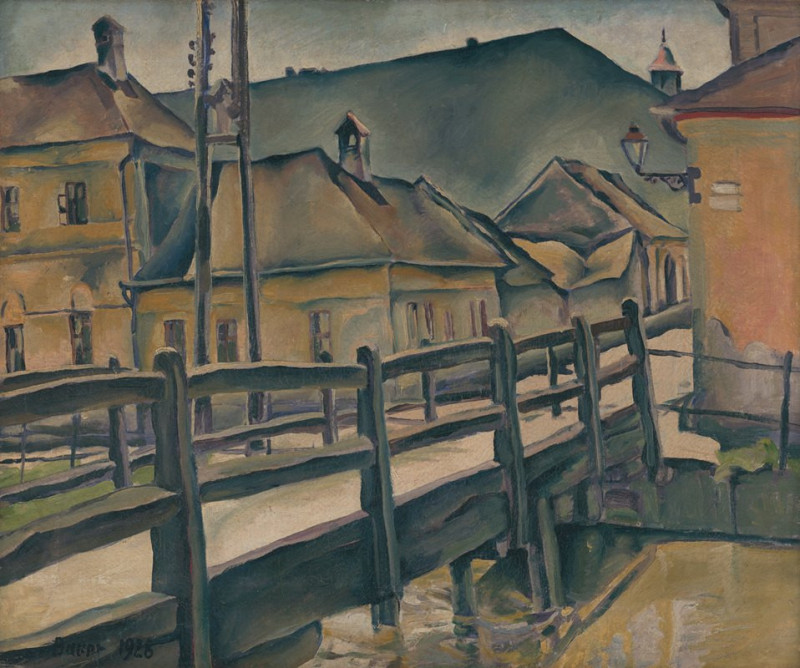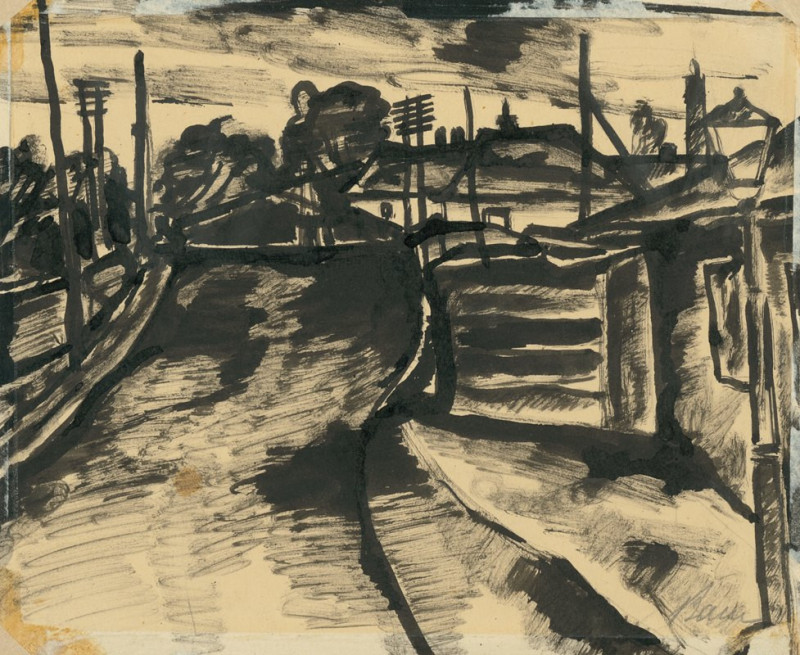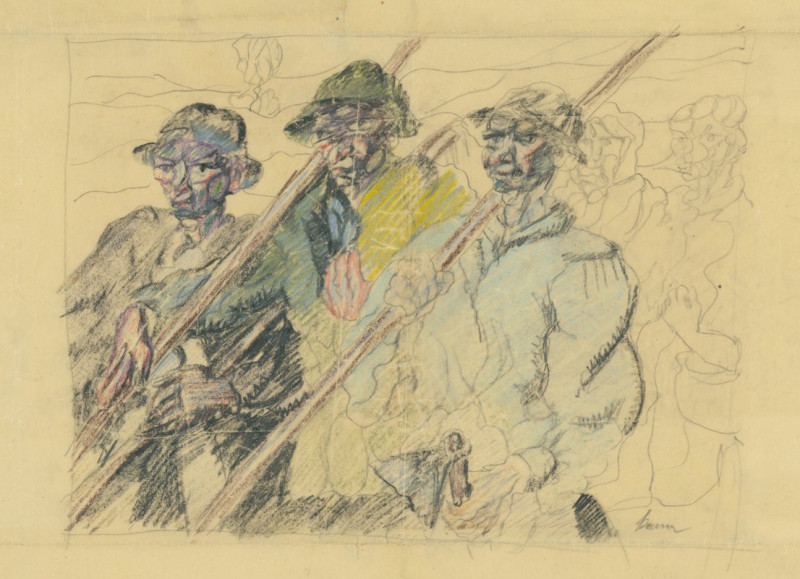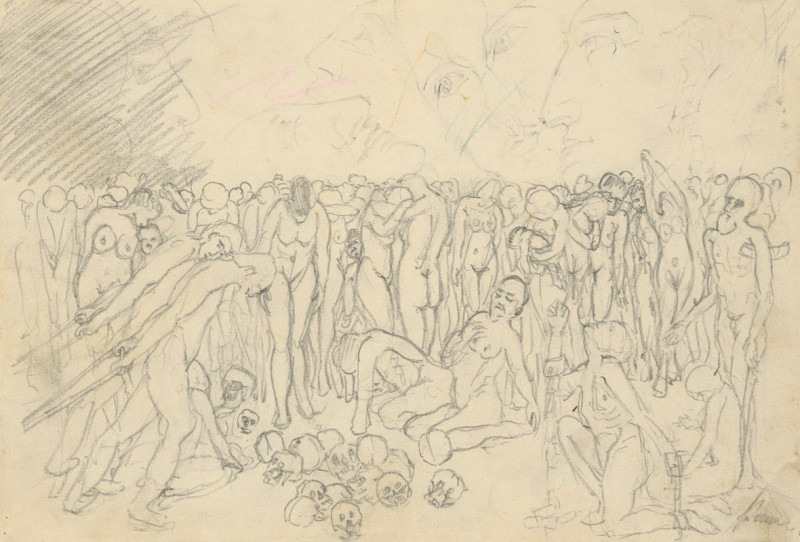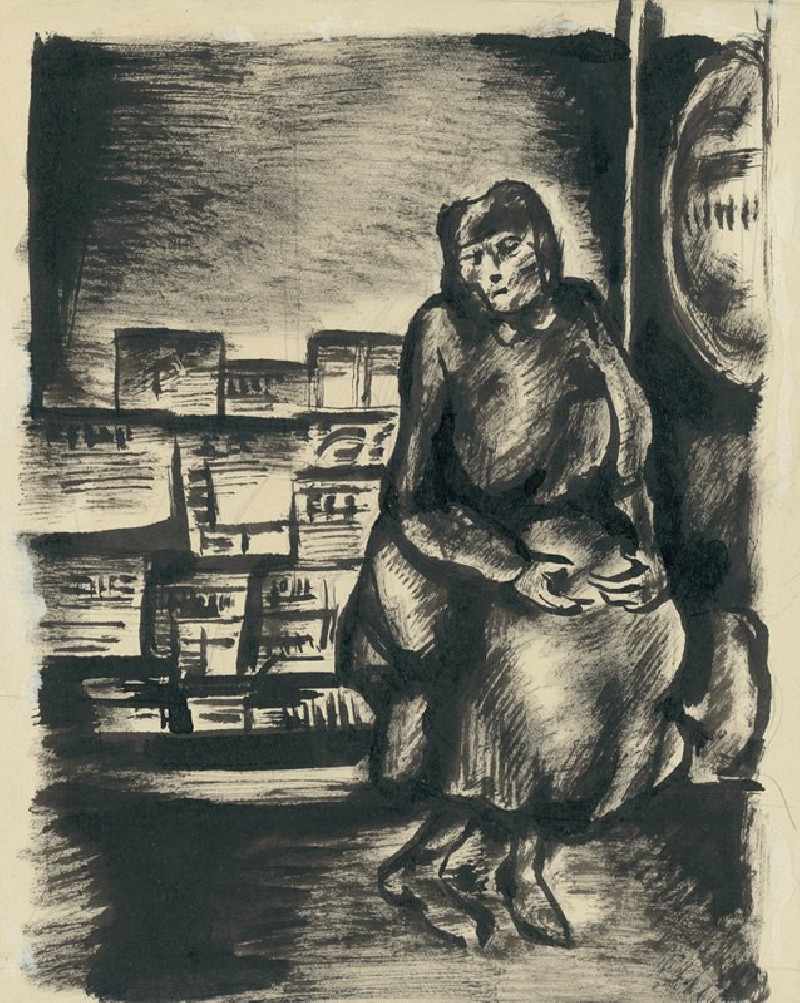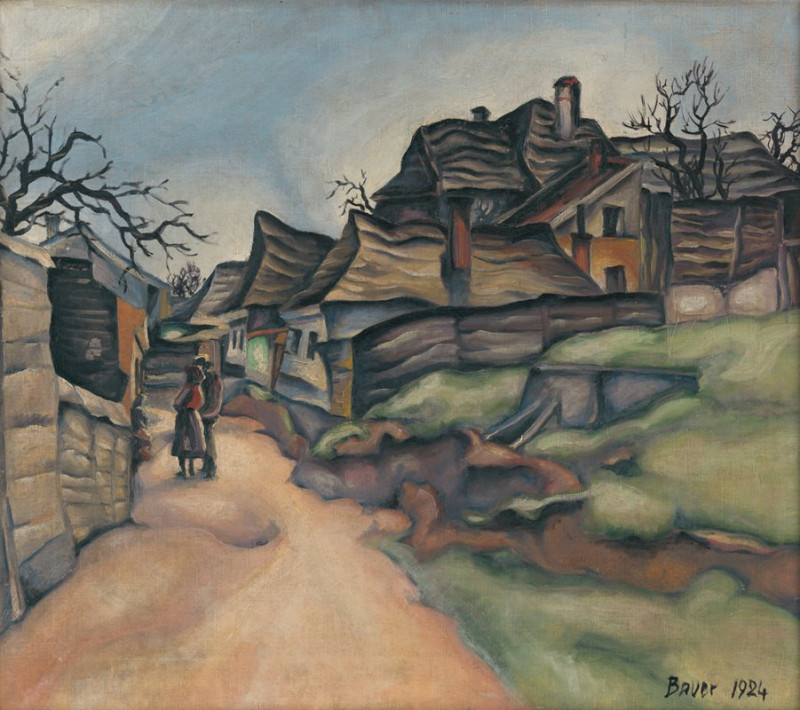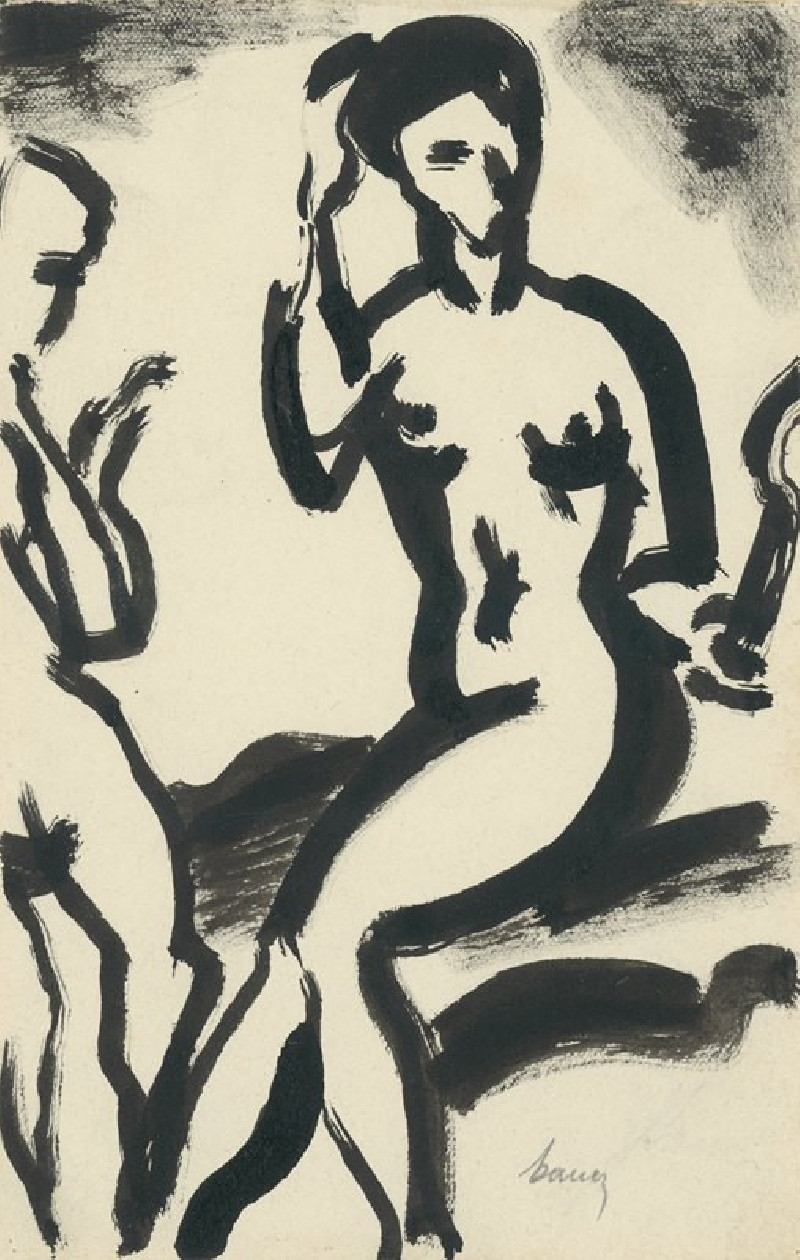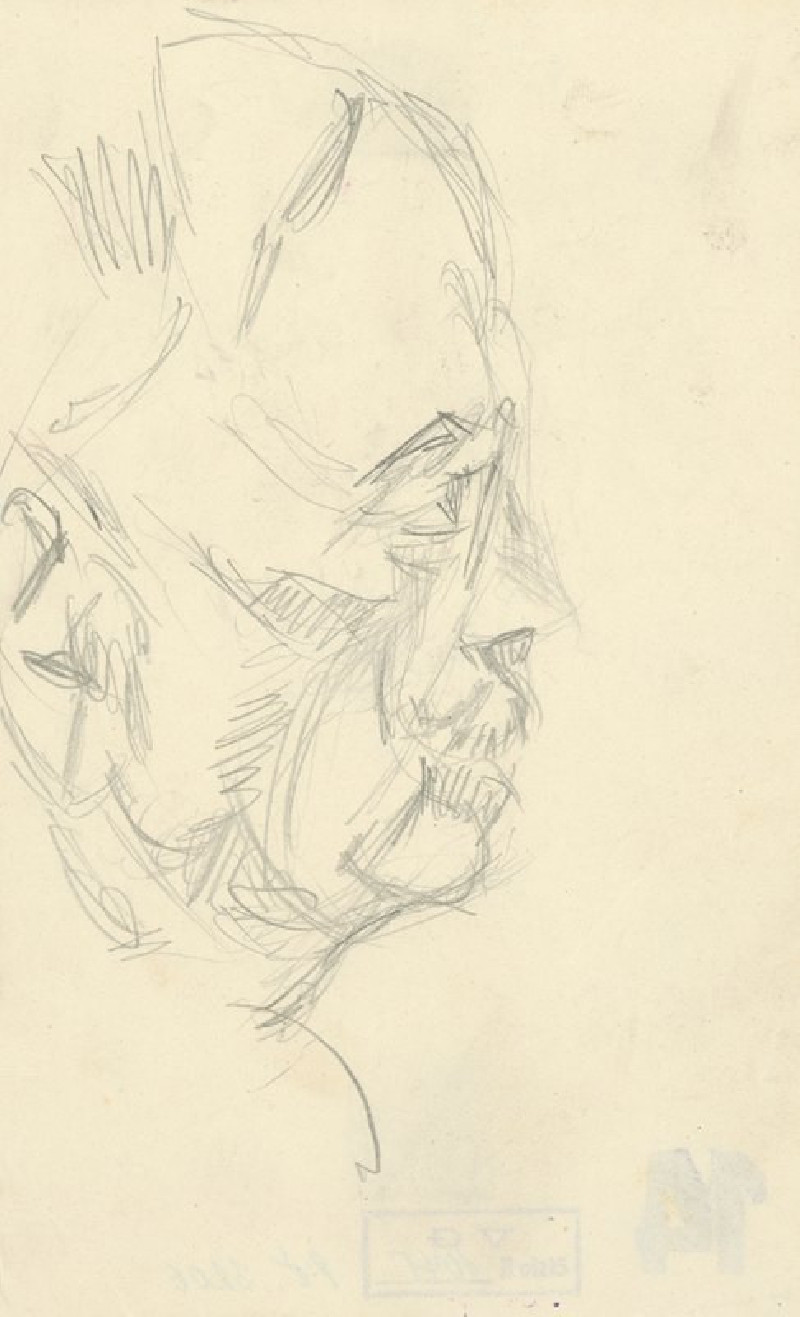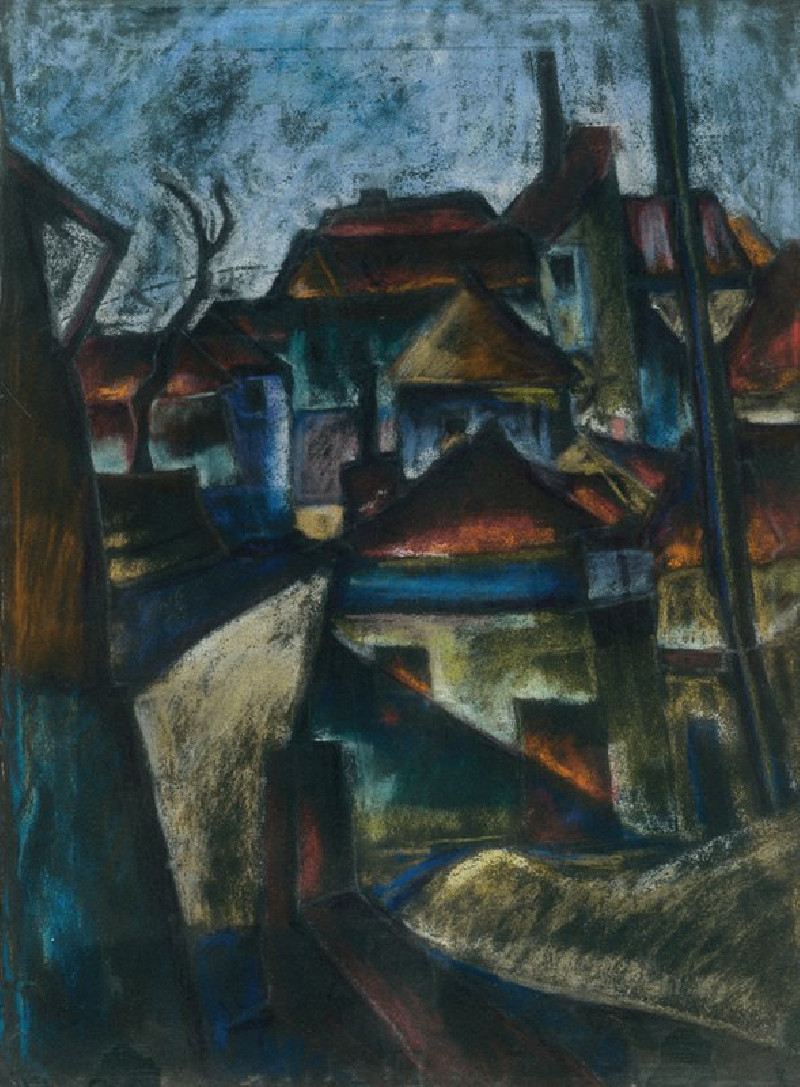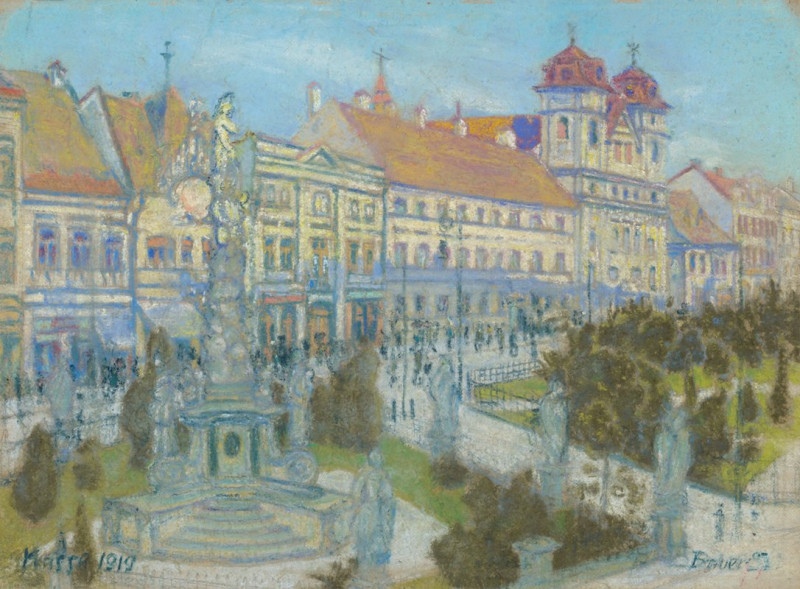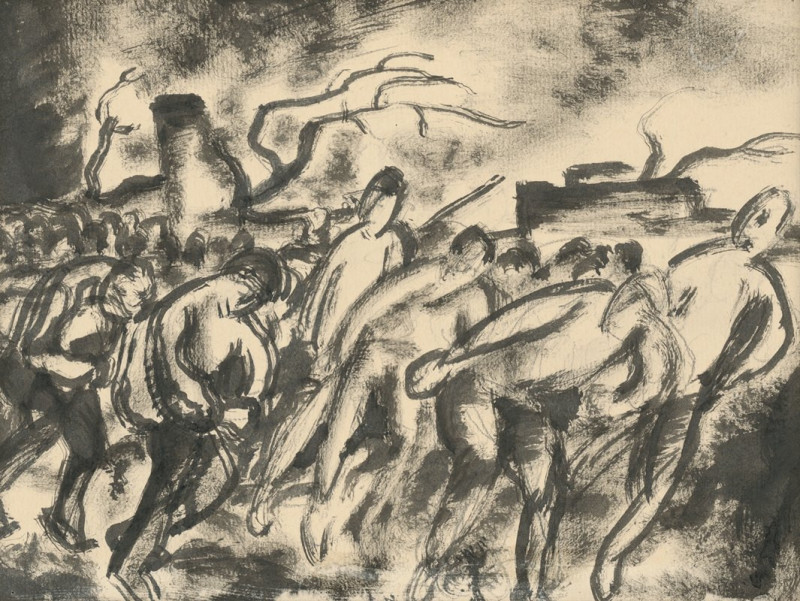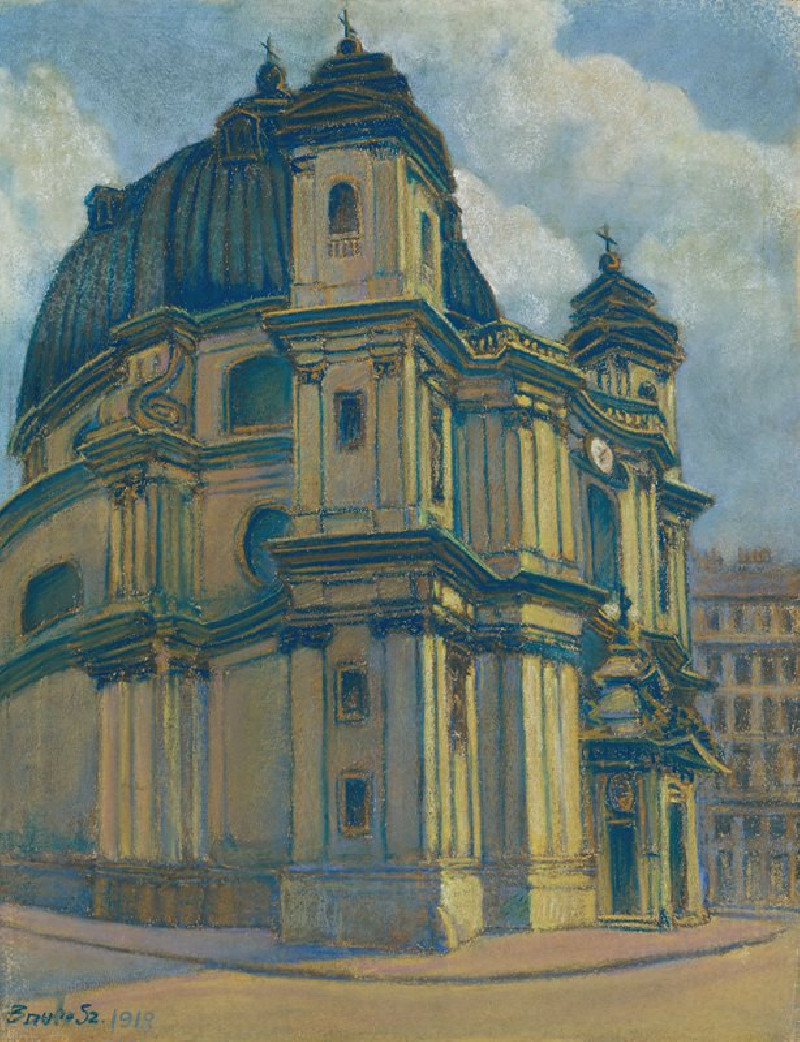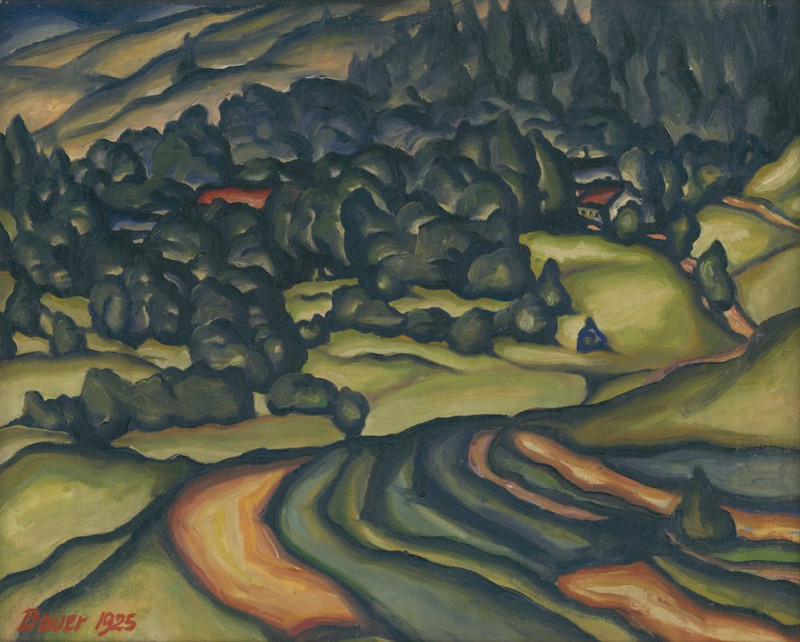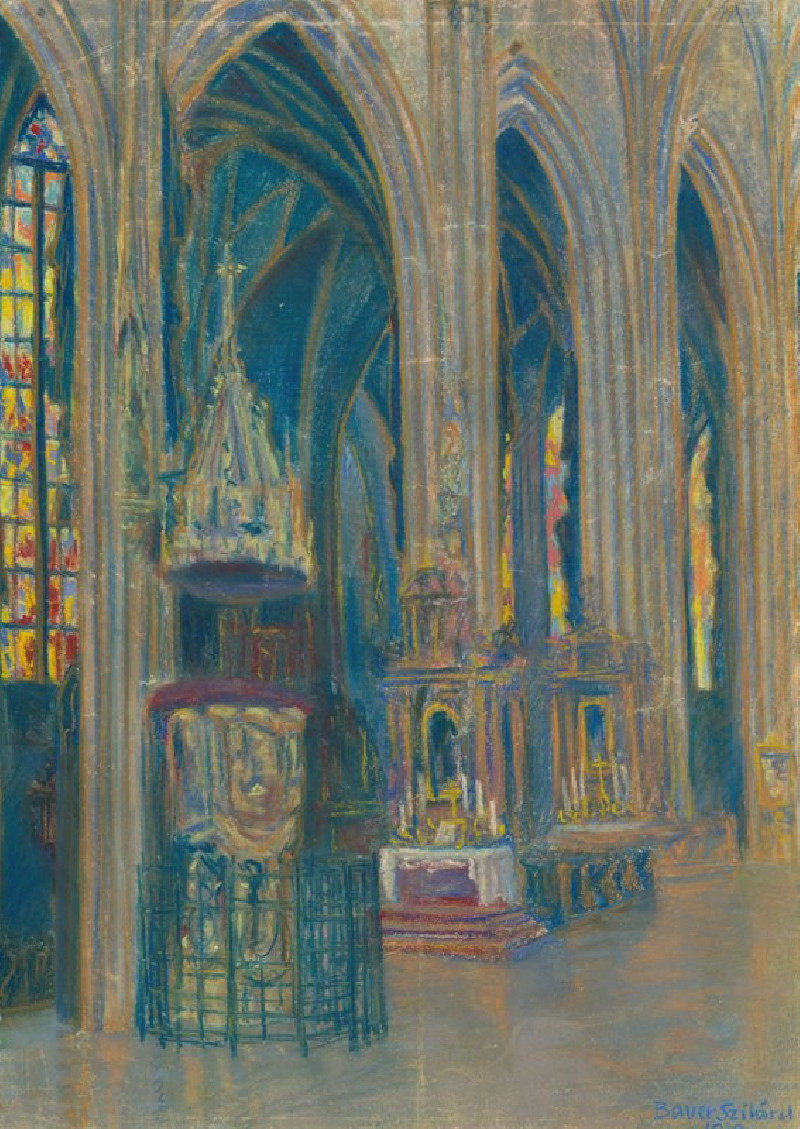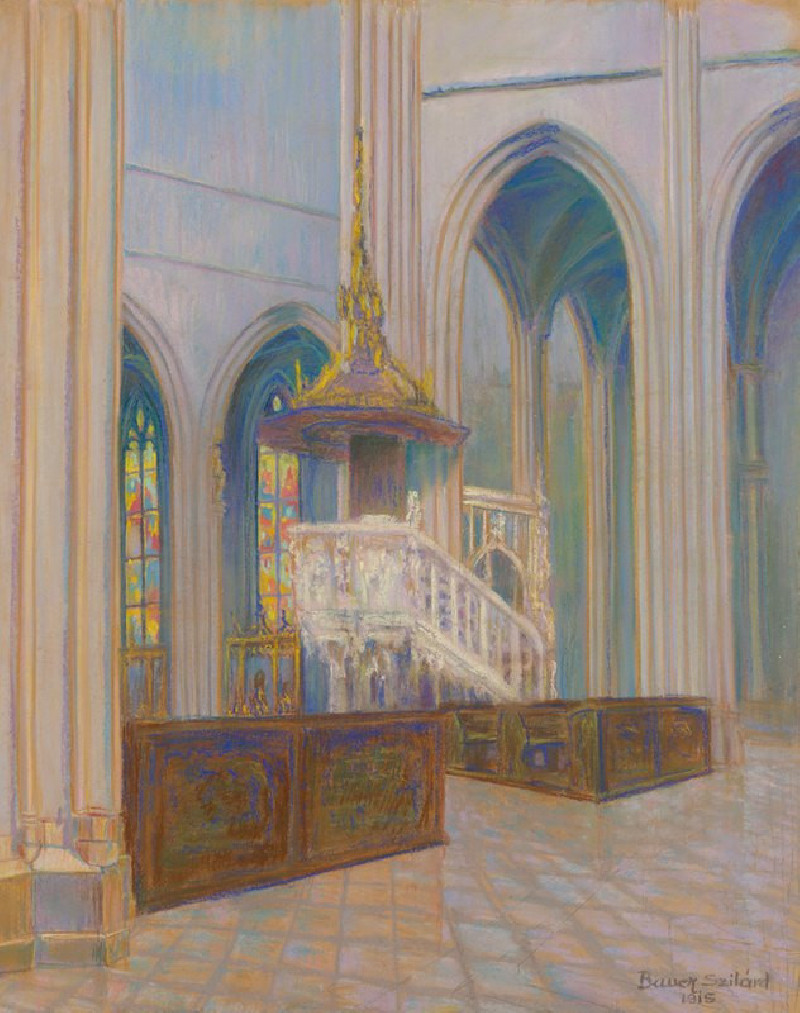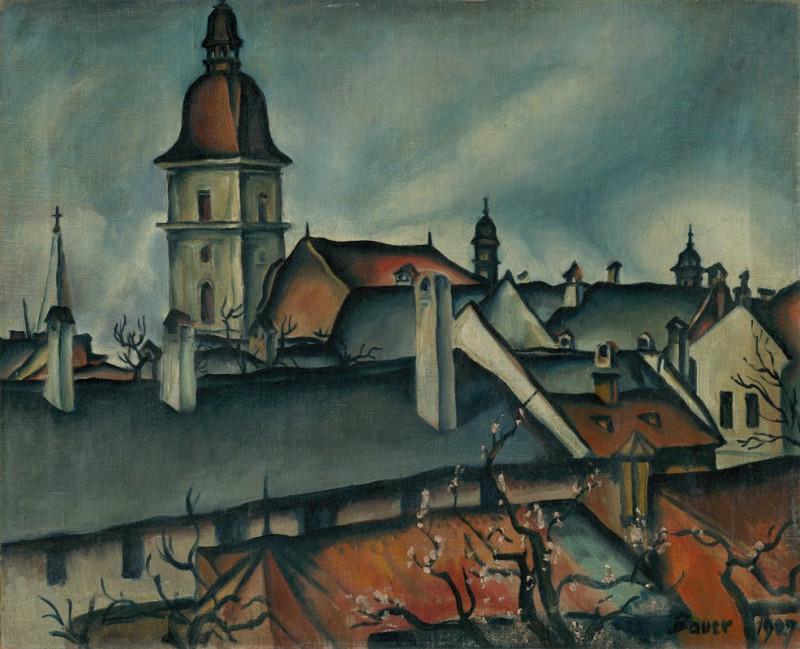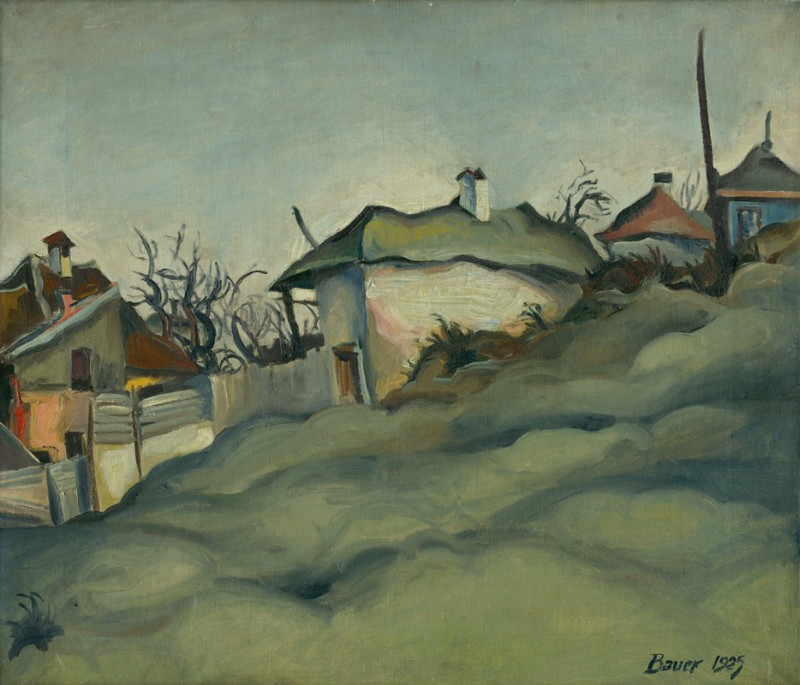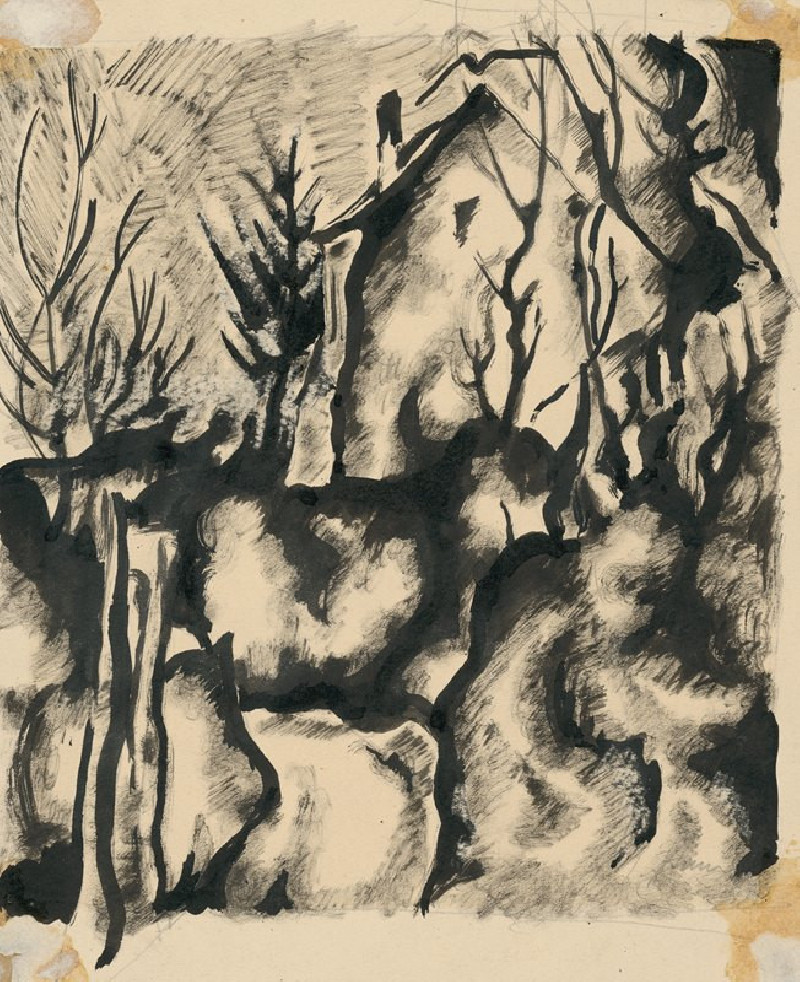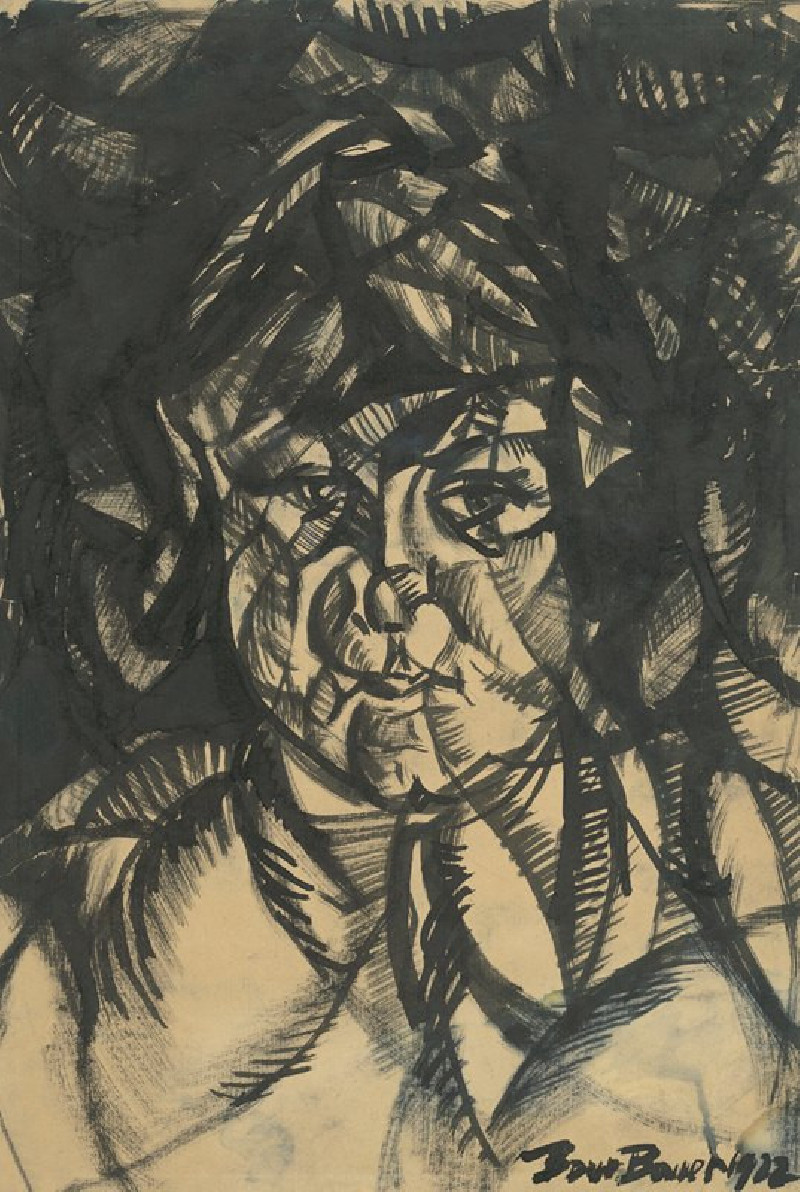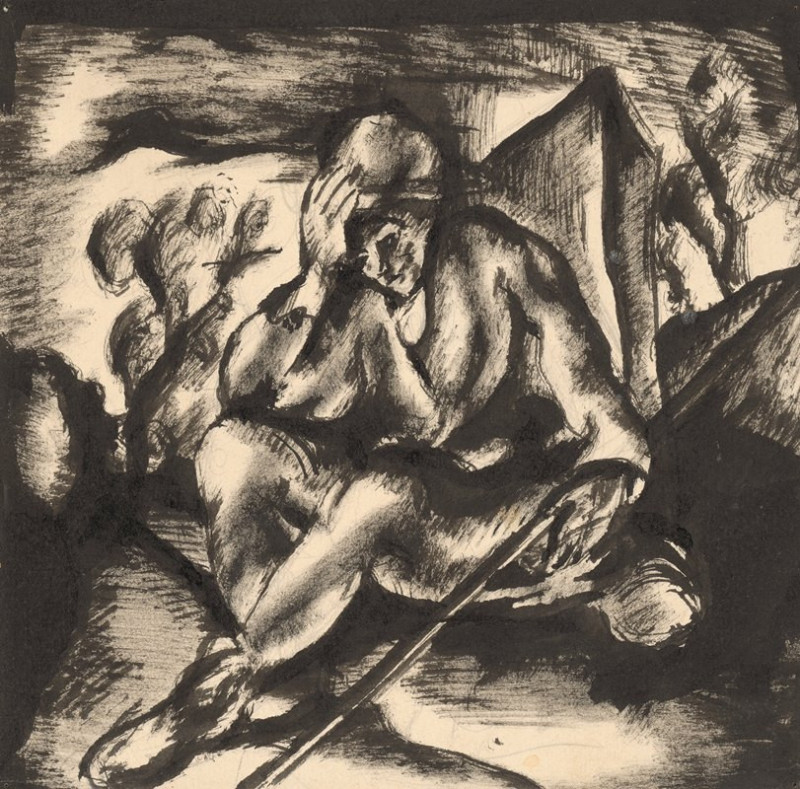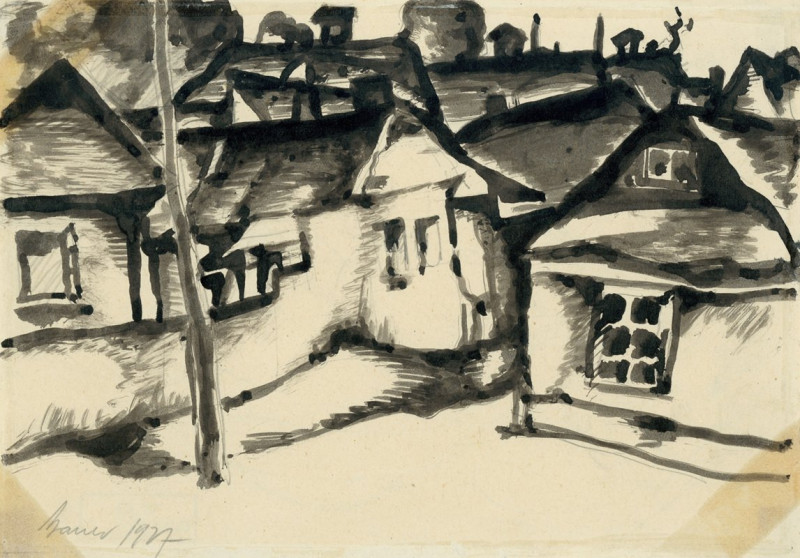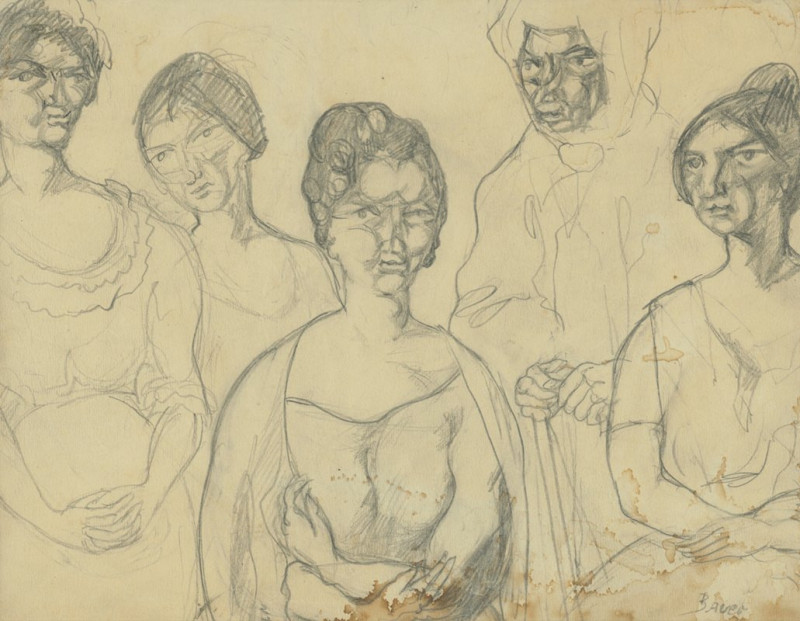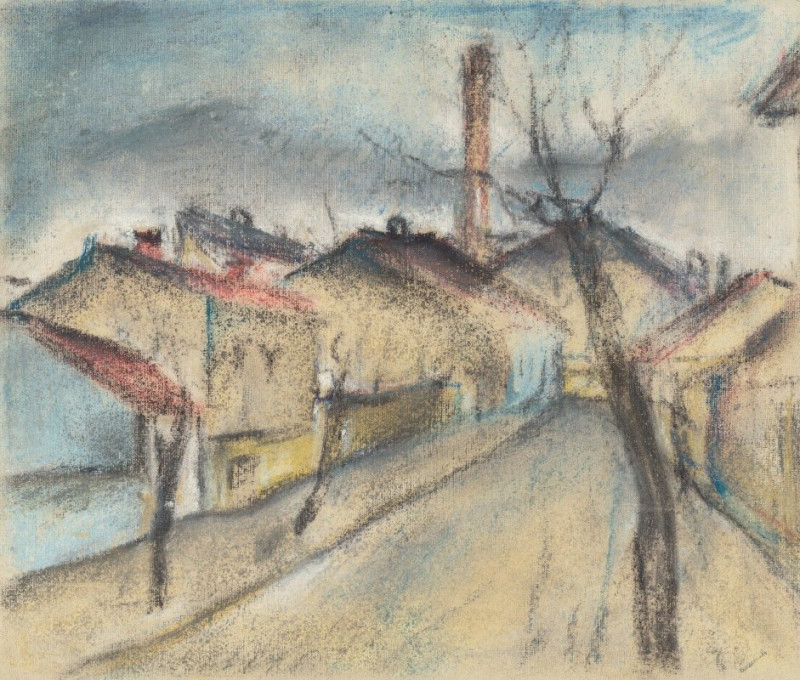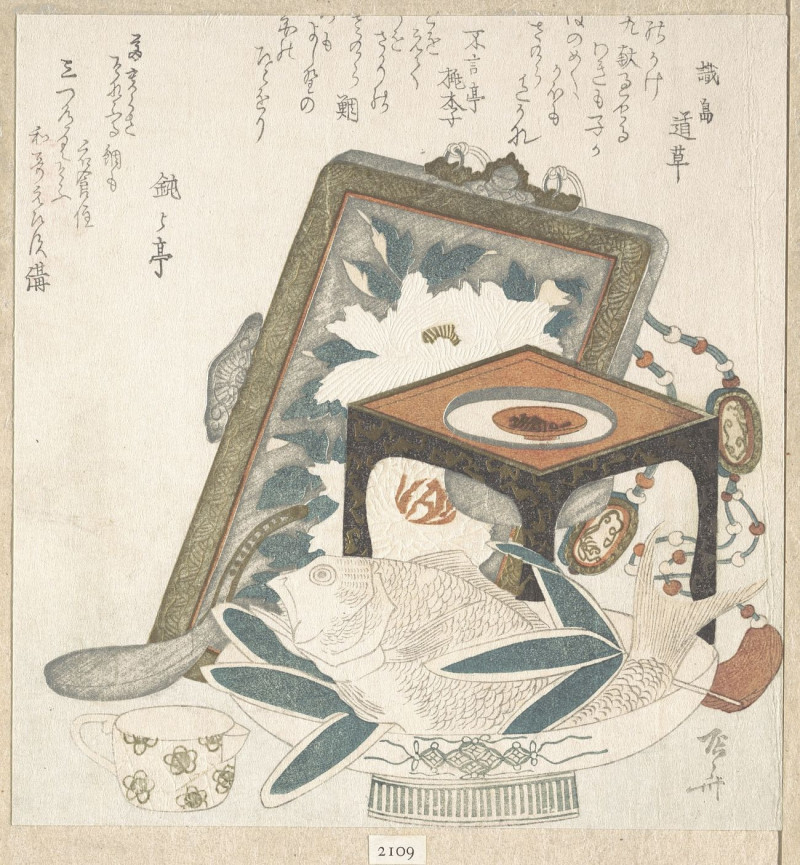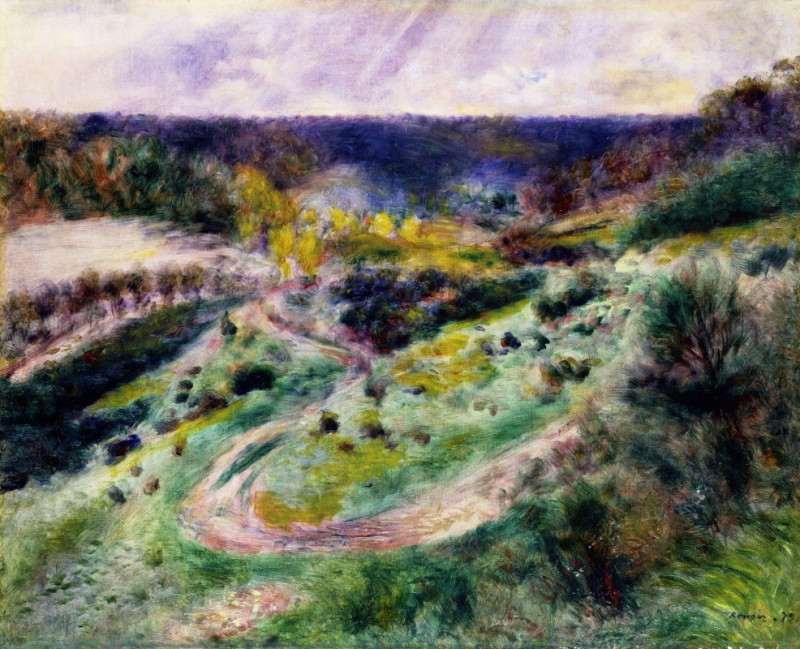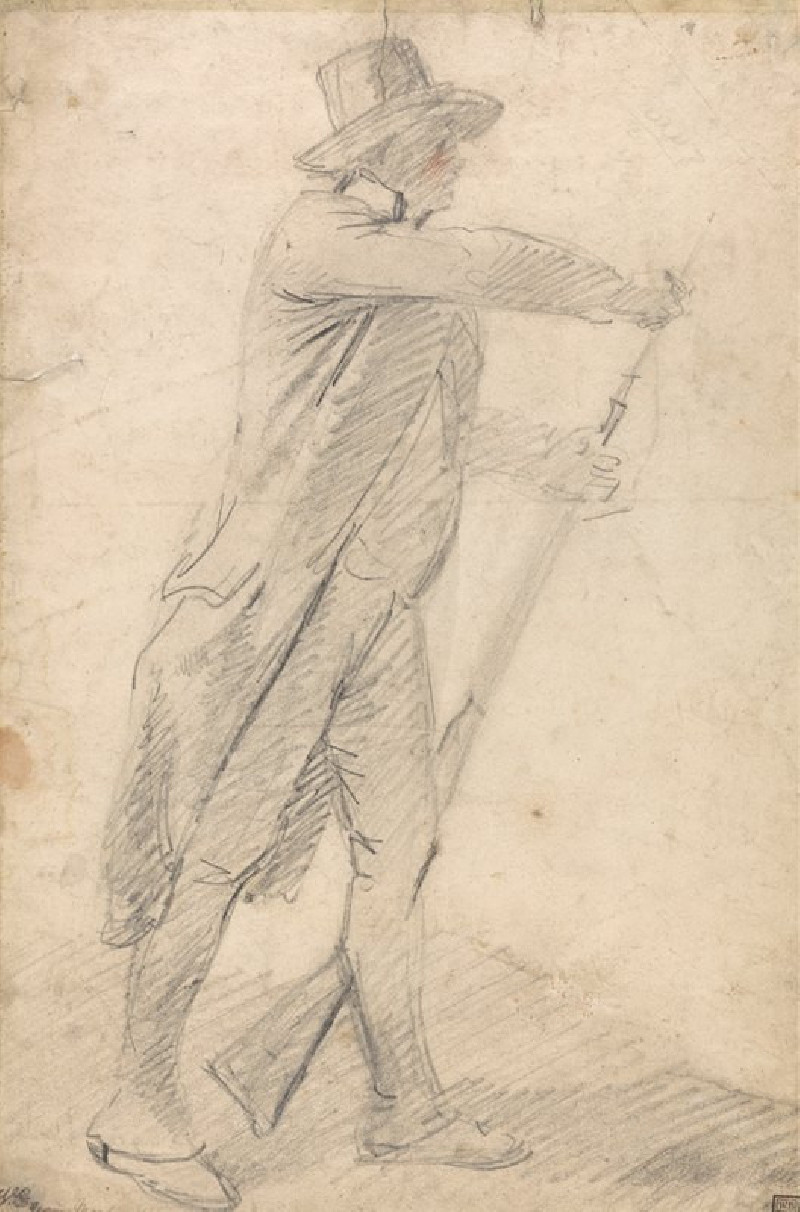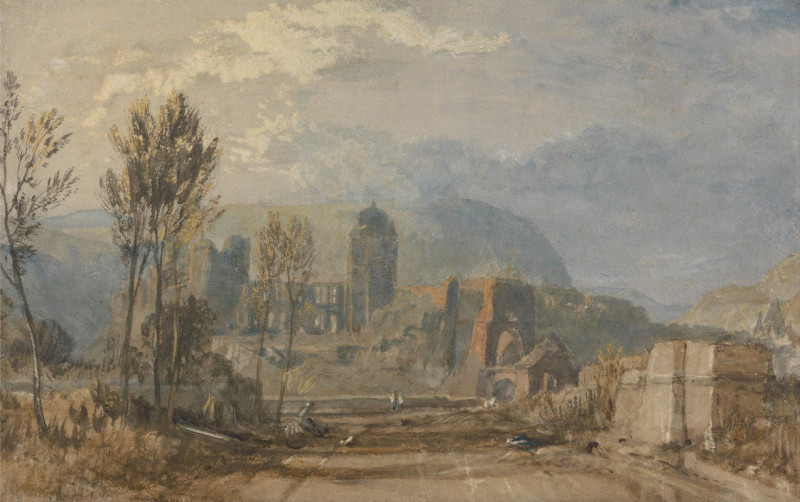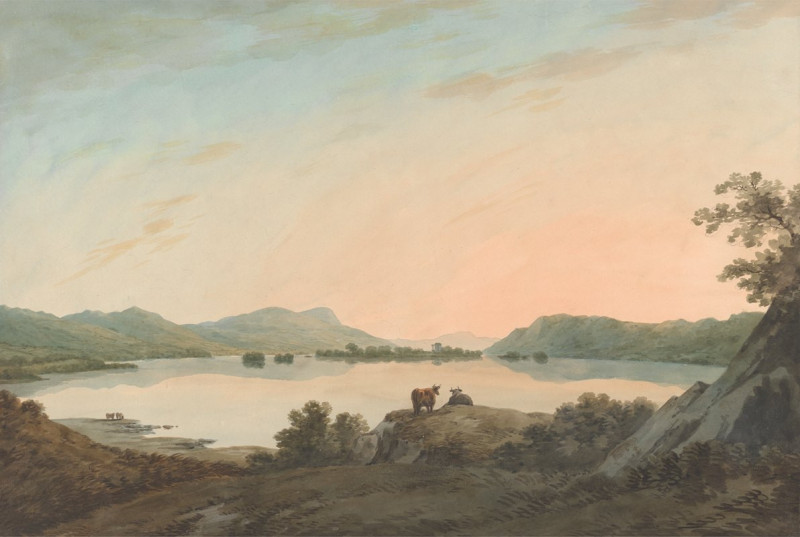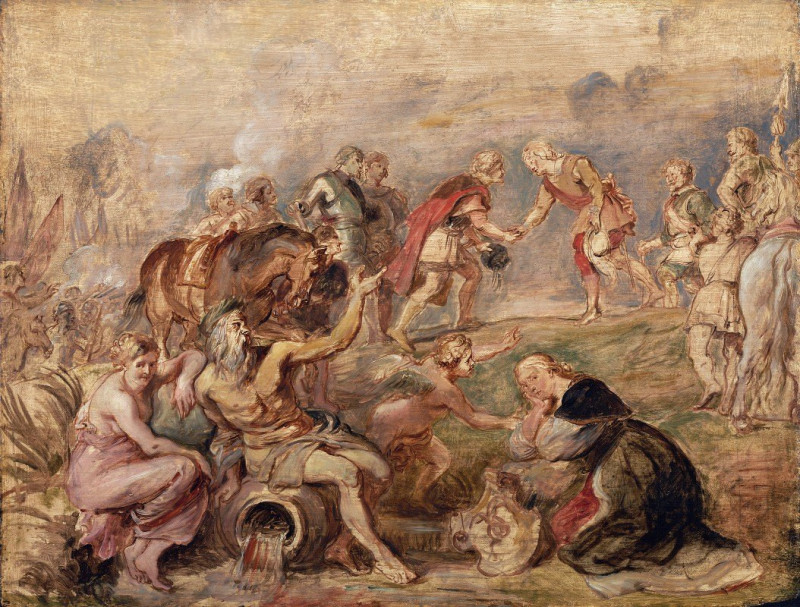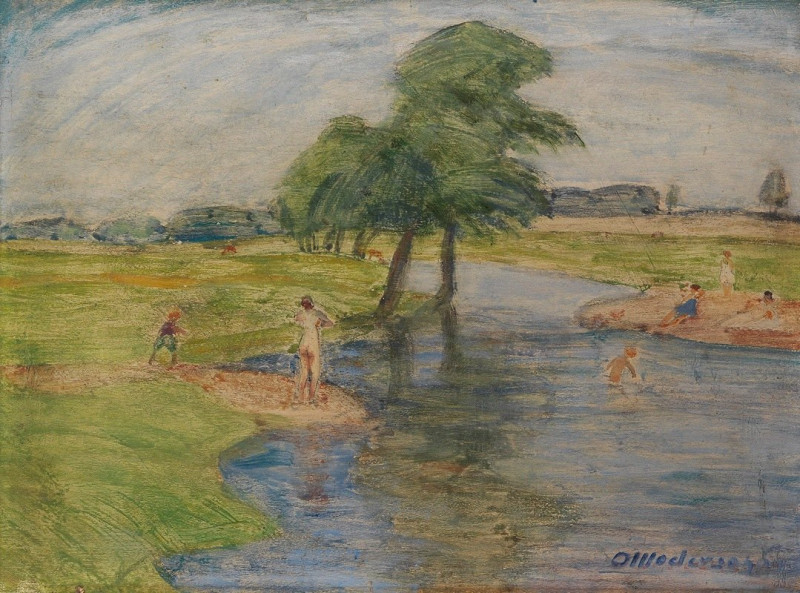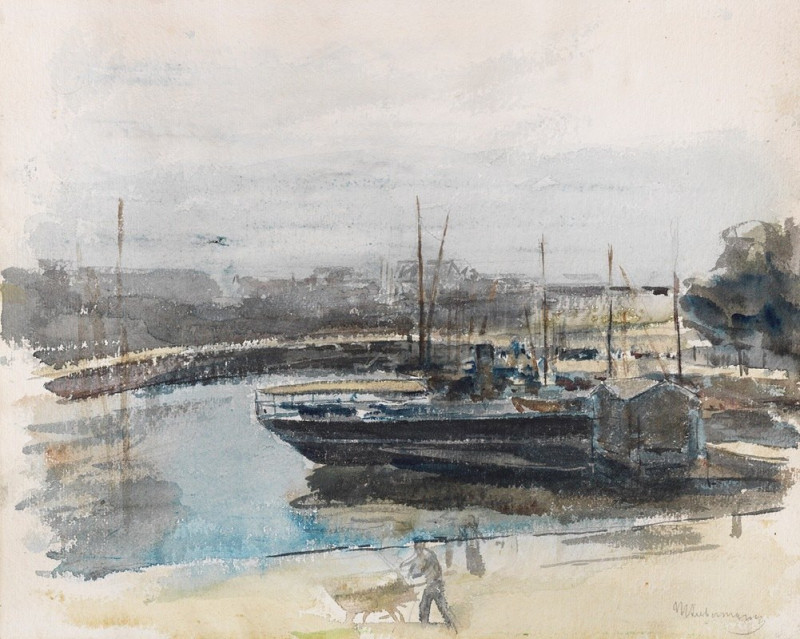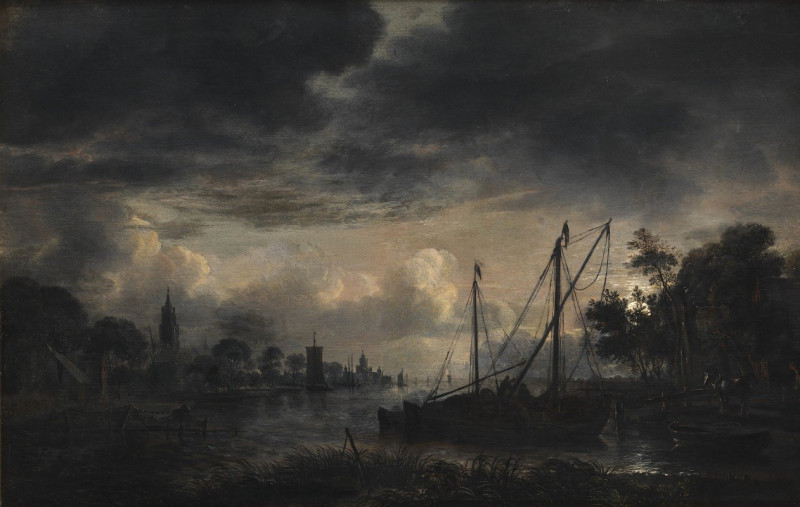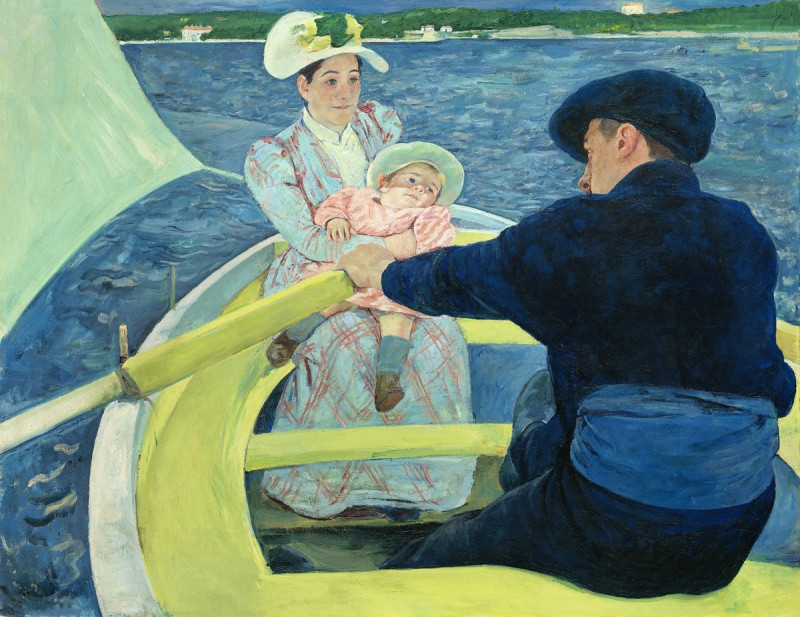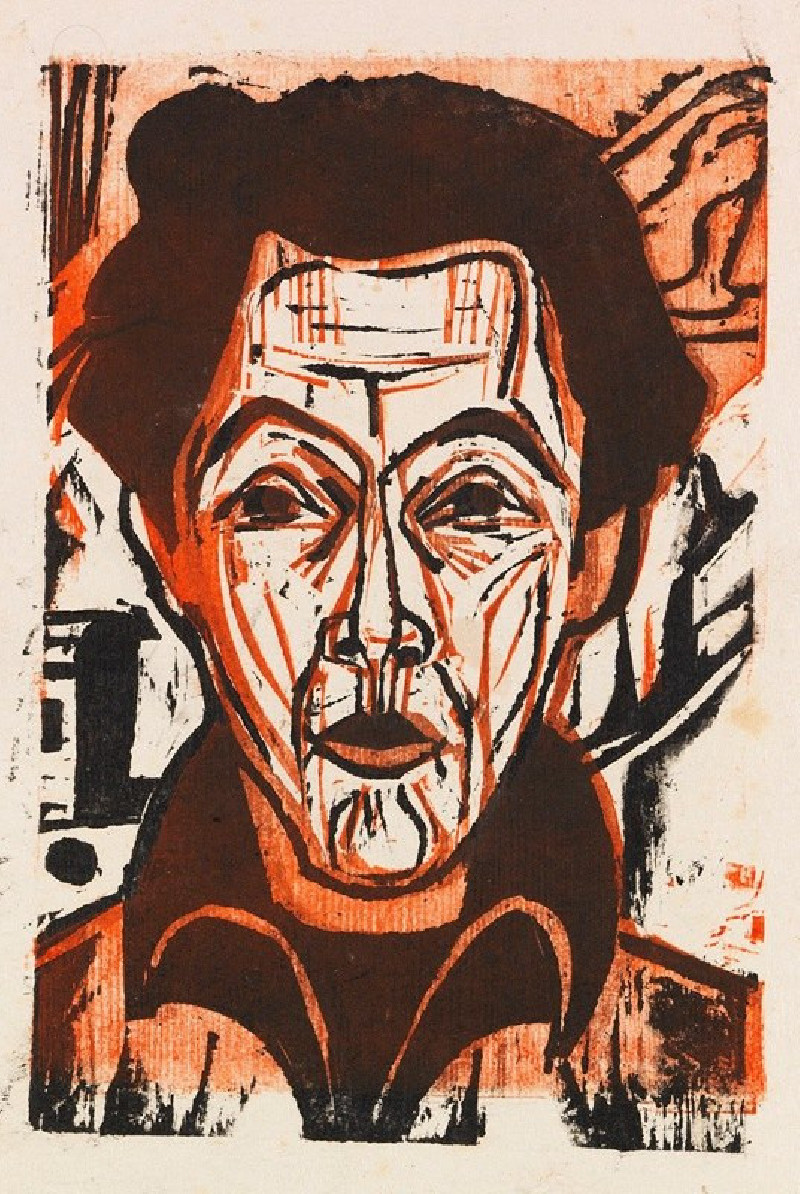Septembrová masakra pred žalárom (1927)
Technique: Giclée quality print
Recommended by our customers
More about this artwork
Artist:This compelling piece by Konštantín Bauer, titled "Septembrová masakra pred žalárom," transports viewers into a dynamic and turbulent scene that is both captivating and disquieting. The artwork vividly depicts a chaotic moment, possibly from a historical or allegorical event, where a group of figures is embroiled in a desperate struggle. The black and white palette, executed primarily in ink, enhances the dramatic tension and highlights the stark contrasts within the scene.Bauer’s use of intense, rough lines and swirling forms not only guides the eye across the composition but also contributes to a sense of movement and urgency. Central to the painting is the action around a shadowed figure under a large, dark umbrella, which might symbolize authority or impending doom. The expressive faces and bodies twisted in action suggest a narrative of conflict and resistance, with some figures appearing more dominant, wielding what seem to be weapons, while others are depicted in poses of defense or suffering.What stands out in Bauer’s work is not just the mastery of drawing techniques, but also his ability to evoke emotional resonance, making viewers ponder the circumstances and histories that could lead to such a scene. This painting invites interpretations that might reflect on themes of justice, power, and human resilience in the face of oppression."Septembrová masakra pred žalárom" is a striking example of Bauer’s artistic prowess and his deep engagement with complex sociopolitical themes.
Delivery
Returns
Konštantín Bauer was a Slovak painter.
Konštantín Bauer was born on November 24, 1893 in Slovenská Ľupča. He spent his childhood in Banská Bystrica. At the age of fifteen, he moved with his parents to Košice, where he graduated from high school. After graduating in mechanical engineering in Budapest in 1915, he worked briefly as an engineer in Novo Mesto pod Šiatrom. From 1916 to 1918 he worked as a railway engineer in Transylvania and then as a civilian employee at the Ministry of War in Vienna.


